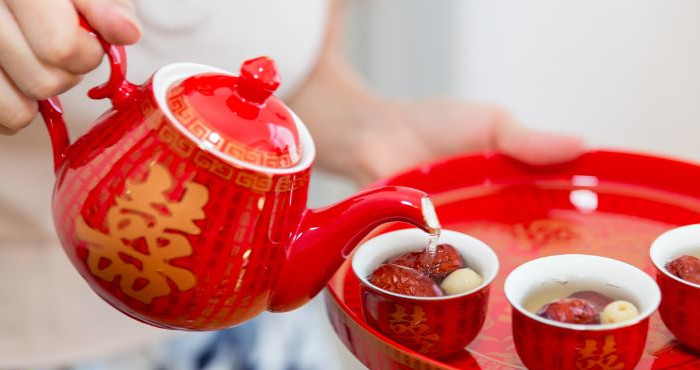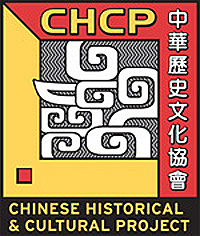|
- Home
- Chinese Wedding Tea Ceremony
Chinese Wedding Tea Ceremony
Question:
I would like more detailed information regarding the Tea ceremony performed at Chinese weddings. I have read the website information regarding the tea ceremony on the wedding day. However I would like more information as to why are only the groom’s parents offered tea. Can the bride’s parents also be offered tea? Is there a symbolic significance to this? What physical position should they be served tea, sitting or standing?
I will be participating in a traditional Chinese wedding, will need to explain this beautiful ceremony to non-Chinese individuals and would appreciate any immediate information you may have to help me out. Thank you very much.
Answer:
Significance of the Tea:
 Tea is probably used because it is China’s national drink and serving it is a sign of respect. Using tea is practical because not everyone can drink alcohol.
Tea is probably used because it is China’s national drink and serving it is a sign of respect. Using tea is practical because not everyone can drink alcohol.
Lotus seeds and two red dates are used in the tea for two reasons. First, the words “lotus” and “year”, “seed” and “child”, and “date” and “early” are homophones, i.e. they have the same sound but different meanings in Chinese. Secondly, the ancient Chinese believed that putting these items in the tea would help the newlyweds produce children early in their marriage and every year, which would ensure many grandchildren for their parents. Also, the sweetness of the special tea is a wish for sweet relations between the bride and her new family.
Serving the Tea:
On the wedding day, the bride serves tea (holding the teacup with both hands) to her parents at home before the groom arrives. She does this out of respect and to thank her parents for raising her. The tea at this time does not need to have the lotus seeds or dates, and the bride does not need the assistance of a “lucky woman.” She pours and serves the tea by herself without the groom.
Traditionally, after the wedding ceremony, the newlyweds serve tea (holding the teacups with both hands), inviting the groom’s elders to drink tea by addressing them by formal title, e.g. first uncle or third aunt.
The general rule is to have the woman on the left side and the man on the right side. The people being served will sit in chairs, while the bride and groom kneel. For example, when the newlyweds serve tea to the groom’s parents, the bride would kneel in front of her father-in-law, while the groom would kneel in front of his mother.
The newlyweds serve tea in order, starting with the groom’s parents then proceeding from the oldest family members to the youngest, e.g. the groom’s parents, then his paternal grandparents, then his maternal grandparents, then his oldest uncles and aunts, and all the way to his older brother.
 In return, the newlyweds receive lucky red envelopes (“lai see,” which means “lucky”) stuffed with money or jewelry. The helpers, who are usually women blessed with a happy marriage or wealth and chosen by the fortune teller or bride’s mother, also get lucky red envelopes stuffed with money from those being served. These envelopes are placed on the platter which holds the teacups.
In return, the newlyweds receive lucky red envelopes (“lai see,” which means “lucky”) stuffed with money or jewelry. The helpers, who are usually women blessed with a happy marriage or wealth and chosen by the fortune teller or bride’s mother, also get lucky red envelopes stuffed with money from those being served. These envelopes are placed on the platter which holds the teacups.
By L. K. Yee

